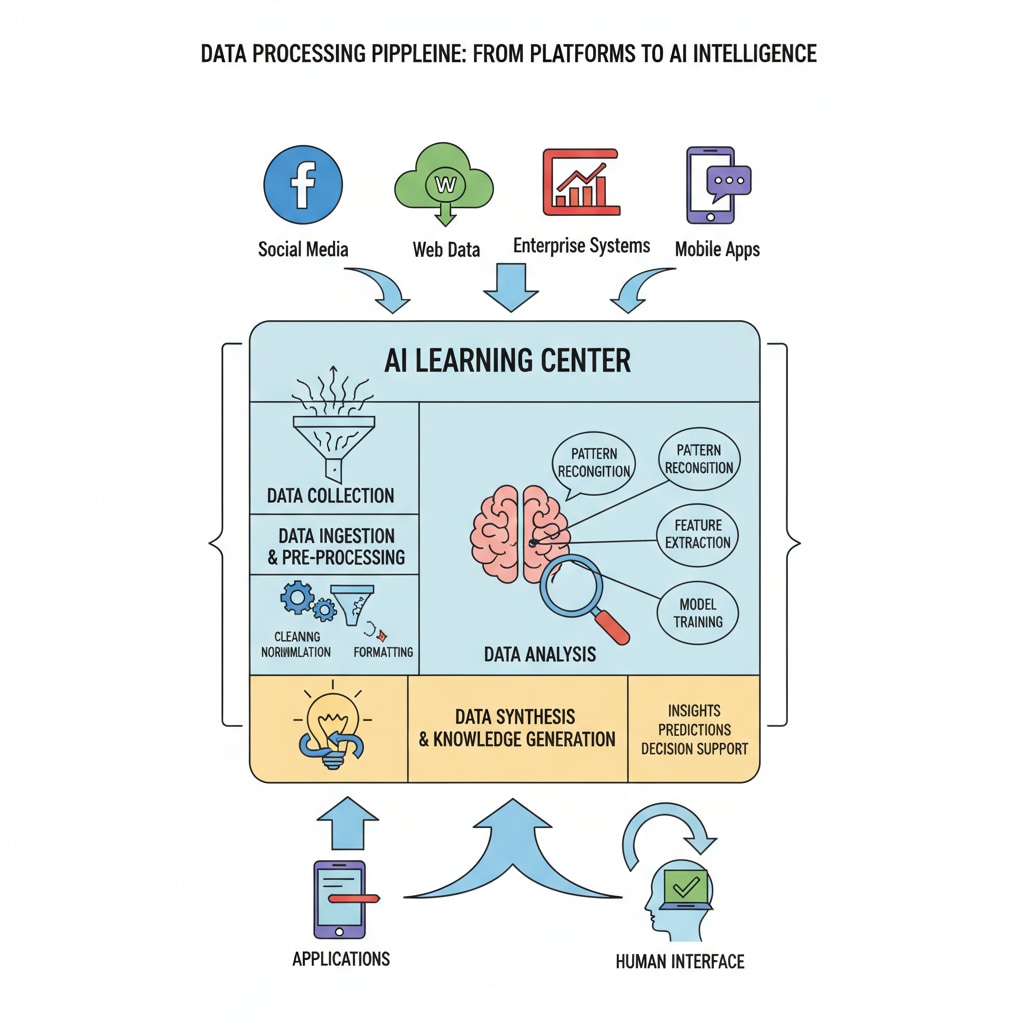In the realm of K12 education, the AI learning center, with its data integration capabilities, is revolutionizing the way student mastery is evaluated and how teachers’ work is simplified. The traditional education system often struggles with fragmented data from various platforms, making it difficult for teachers to get a holistic view of student progress. However, the emergence of the AI learning center offers a solution.

The Need for Data Integration in K12
Today’s educational landscape is filled with multiple platforms. There are learning management systems (LMS) that track students’ course progress, assessment platforms that record test scores, and even online libraries where students access learning materials. Each of these platforms generates valuable data about students. But without integration, teachers have to juggle between different interfaces to gather information. For example, a teacher might have to check the LMS for a student’s assignment completion rate, then switch to the assessment platform to see their test performance. This disjointed approach not only consumes a significant amount of time but also makes it challenging to accurately gauge student mastery. According to Education Week’s coverage on data – driven education, this data fragmentation is a major hurdle in providing targeted instruction.
How the AI Learning Center Integrates Data
The AI learning center acts as a central hub for data integration. It uses advanced algorithms to collect, analyze, and synthesize data from multiple sources. First, it connects to different platforms through application programming interfaces (APIs). Once connected, it can pull in data such as students’ quiz scores, homework submissions, and participation in online discussions. The AI then processes this data, looking for patterns and trends. For instance, if a student is consistently scoring low on math quizzes but actively participating in online discussions about math concepts, the AI can flag this as an area for further investigation. This integration is crucial as it gives teachers a unified view of student performance, as described in ISTE’s standards for educators.

By having all this data in one place, teachers can access a wealth of information with just a few clicks. They no longer have to spend hours gathering and collating data from different sources. Instead, they can focus on using the insights provided by the AI learning center to enhance their teaching strategies. This not only saves time but also allows for more informed decision – making regarding student learning.
Readability guidance: In this section, we’ve used short paragraphs to clearly explain complex concepts. The lists help break down the steps of data integration. Transition words like ‘first’ and ‘then’ are used to show the sequence of actions. The use of external links provides additional credibility to the information presented.


